Universe in Creation: A New Understanding of the Big Bang and the Emergence of LifeRoy R. Gould We know the universe has a history, but does it also have a story of self-creation to tell? Yes, in Roy R. Gould’s account. He offers a compelling narrative of how the universe―with no instruction other than its own laws―evolved into billions of galaxies and gave rise to life, including humans who have been trying for millennia to comprehend it. Far from being a random accident, the universe is hard at work, extracting order from chaos.
Making use of the best current science, Gould turns what many assume to be true about the universe on its head. The cosmos expands inward, not outward. Gravity can drive things apart, not merely together. And the universe seems to defy entropy as it becomes more ordered, rather than the other way around. Strangest of all, the universe is exquisitely hospitable to life, despite its being constructed from undistinguished atoms and a few unexceptional rules of behavior. Universe in Creation explores whether the emergence of life, rather than being a mere cosmic afterthought, may be written into the most basic laws of nature.
Offering a fresh take on what brought the world―and us―into being, Gould helps us see the universe as the master of its own creation, not tethered to a singular event but burgeoning as new space and energy continuously stream into existence. It is a very old story, as yet unfinished, with plotlines that twist and churn through infinite space and time. Euler's Pioneering Equation: The most beautiful theorem in mathematicsRobin Wilson In 1988 The Mathematical Intelligencer, a quarterly mathematics journal, carried out a poll to find the most beautiful theorem in mathematics. Twenty-four theorems were listed and readers were invited to award each a "score for beauty". While there were many worthy competitors, the winner was
"Euler's equation". In 2004 Physics World carried out a similar poll of "greatest equations", and found that among physicists Euler's mathematical result came second only to Maxwell's equations. The Stanford mathematician Keith Devlin reflected the feelings of many in describing it as "like a
Shakespearian sonnet that captures the very essence of love, or a painting which brings out the beauty of the human form that is far more than just skin deep, Euler's equation reaches down into the very depths of existence".
What is it that makes Euler's identity, eipi + 1 = 0, so special?
In Euler's Pioneering Equation Robin Wilson shows how this simple, elegant, and profound formula links together perhaps the five most important numbers in mathematics, each associated with a story in themselves: the number 1, the basis of our counting system; the concept of zero, which was a major
development in mathematics, and opened up the idea of negative numbers; pi an irrational number, the basis for the measurement of circles; the exponential e, associated with exponential growth and logarithms; and the imaginary number i, the square root of -1, the basis of complex numbers. Following
a chapter on each of the elements, Robin Wilson discusses how the startling relationship between them was established, including the several near misses to the discovery of the formula. QBism: The Future of Quantum PhysicsHans Christian von Baeyer Measured by the accuracy of its predictions and the scope of its technological applications, quantum mechanics is one of the most successful theories in science―as well as one of the most misunderstood. The deeper meaning of quantum mechanics remains controversial almost a century after its invention. Providing a way past quantum theory’s paradoxes and puzzles, QBism offers a strikingly new interpretation that opens up for the nonspecialist reader the profound implications of quantum mechanics for how we understand and interact with the world.
Short for Quantum Bayesianism, QBism adapts many of the conventional features of quantum mechanics in light of a revised understanding of probability. Bayesian probability, unlike the standard “frequentist probability,” is defined as a numerical measure of the degree of an observer’s belief that a future event will occur or that a particular proposition is true. Bayesianism’s advantages over frequentist probability are that it is applicable to singular events, its probability estimates can be updated based on acquisition of new information, and it can effortlessly include frequentist results. But perhaps most important, much of the weirdness associated with quantum theory―the idea that an atom can be in two places at once, or that signals can travel faster than the speed of light, or that Schrödinger’s cat can be simultaneously dead and alive―dissolves under the lens of QBism.
Using straightforward language without equations, Hans Christian von Baeyer clarifies the meaning of quantum mechanics in a commonsense way that suggests a new approach to physics in general. Drawing Physics (MIT Press): 2,600 Years of Discovery From Thales to Higgs (The MIT Press)Don S. Lemons Drawings and short essays offer engaging and accessible explanations of key ideas in physics, from triangulation to relativity and beyond.
Humans have been trying to understand the physical universe since antiquity. Aristotle had one vision (the realm of the celestial spheres is perfect), and Einstein another (all motion is relativistic). More often than not, these different understandings begin with a simple drawing, a pre-mathematical picture of reality. Such drawings are a humble but effective tool of the physicist's craft, part of the tradition of thinking, teaching, and learning passed down through the centuries. This book uses drawings to help explain fifty-one key ideas of physics accessibly and engagingly. Don Lemons, a professor of physics and author of several physics books, pairs short, elegantly written essays with simple drawings that together convey important concepts from the history of physical science.
Lemons proceeds chronologically, beginning with Thales' discovery of triangulation, the Pythagorean monocord, and Archimedes' explanation of balance. He continues through Leonardo's description of “earthshine” (the ghostly glow between the horns of a crescent moon), Kepler's laws of planetary motion, and Newton's cradle (suspended steel balls demonstrating by their collisions that for every action there is always an equal and opposite reaction). Reaching the twentieth and twenty-first centuries, Lemons explains the photoelectric effect, the hydrogen atom, general relativity, the global greenhouse effect, Higgs boson, and more. The essays place the science of the drawings in historical context―describing, for example, Galileo's conflict with the Roman Catholic Church over his teaching that the sun is the center of the universe, the link between the discovery of electrical phenomena and the romanticism of William Wordsworth, and the shadow cast by the Great War over Einstein's discovery of relativity.
Readers of Drawing Physics with little background in mathematics or physics will say, “Now I see, and now I understand.” The Order of TimeCarlo Rovelli One of TIME’s Ten Best Nonfiction Books of the Decade
"Meet the new Stephen Hawking . . . The Order of Time is a dazzling book." —The Sunday Times
From the bestselling author of Seven Brief Lessons on Physics, comes a concise, elegant exploration of time.
Why do we remember the past and not the future? What does it mean for time to "flow"? Do we exist in time or does time exist in us? In lyric, accessible prose, Carlo Rovelli invites us to consider questions about the nature of time that continue to puzzle physicists and philosophers alike.
For most readers this is unfamiliar terrain. We all experience time, but the more scientists learn about it, the more mysterious it remains. We think of it as uniform and universal, moving steadily from past to future, measured by clocks. Rovelli tears down these assumptions one by one, revealing a strange universe where at the most fundamental level time disappears. He explains how the theory of quantum gravity attempts to understand and give meaning to the resulting extreme landscape of this timeless world. Weaving together ideas from philosophy, science and literature, he suggests that our perception of the flow of time depends on our perspective, better understood starting from the structure of our brain and emotions than from the physical universe.
Already a bestseller in Italy, and written with the poetic vitality that made Seven Brief Lessons on Physics so appealing, The Order of Time offers a profoundly intelligent, culturally rich, novel appreciation of the mysteries of time. Is That a Big Number?Andrew Elliott Impressive statistics are thrown at us every day - the cost of health care; the size of an earthquake; the distance to the nearest star; the number of giraffes in the world.
We know all these numbers are important - some more than others - and it's vaguely unsettling when we don't really have a clear sense of how remarkable or how ordinary they are. How do we work out what these figures actually mean? Are they significant, should we be worried, or excited, or impressed? How big is big, how small is small?
With this entertaining and engaging book, help is at hand. Andrew Elliott gives us the tips and tools to make sense of numbers, to get a sense of proportion, to decipher what matters. It is a celebration of a numerate way of understanding the world. It shows how number skills help us to understand the everyday world close at hand, and how the same skills can be stretched to demystify the bigger numbers that we find in the wider contexts of science, politics, and the universe.
Entertaining, full of practical examples, and memorable concepts, Is That A Big Number? renews our relationship with figures. If numbers are the musical notes with which the symphony of the universe is written, and you're struggling to hear the tune, then this is the book to get you humming again. | |
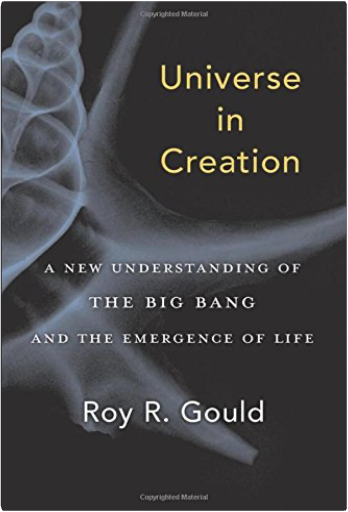
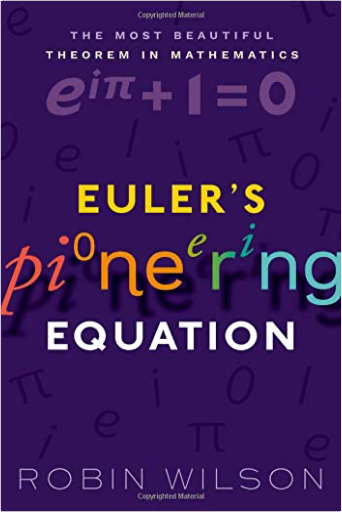
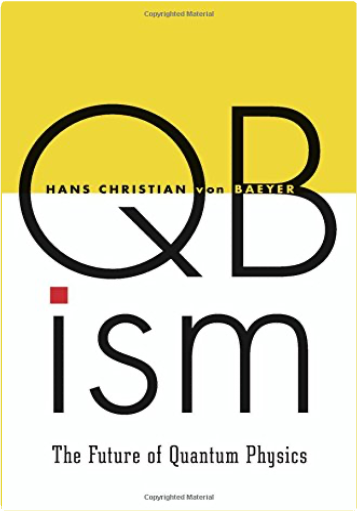
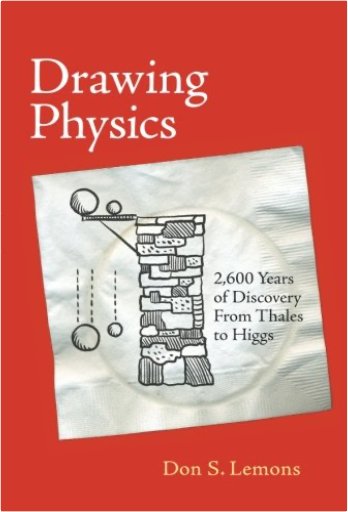
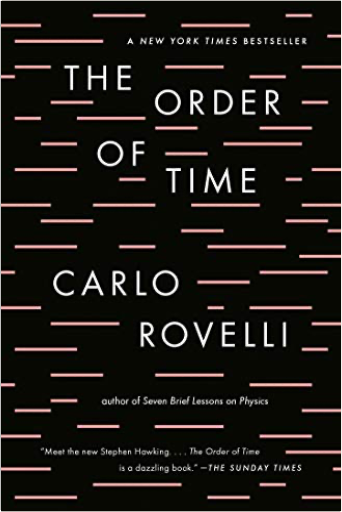
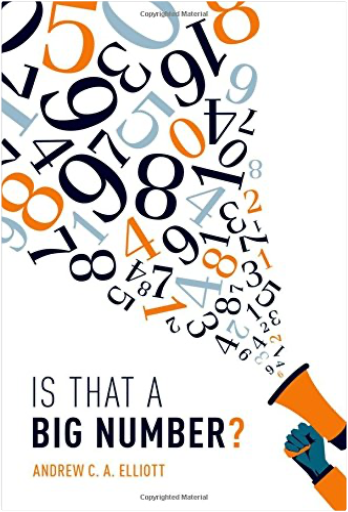










 Made with Delicious Library
Made with Delicious Library